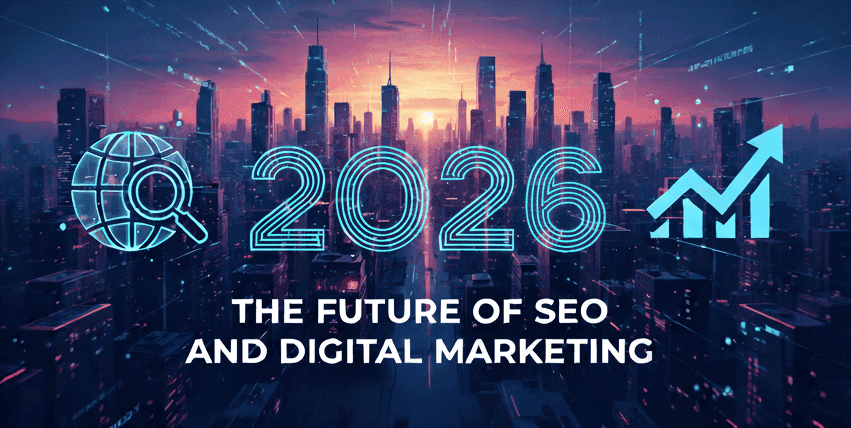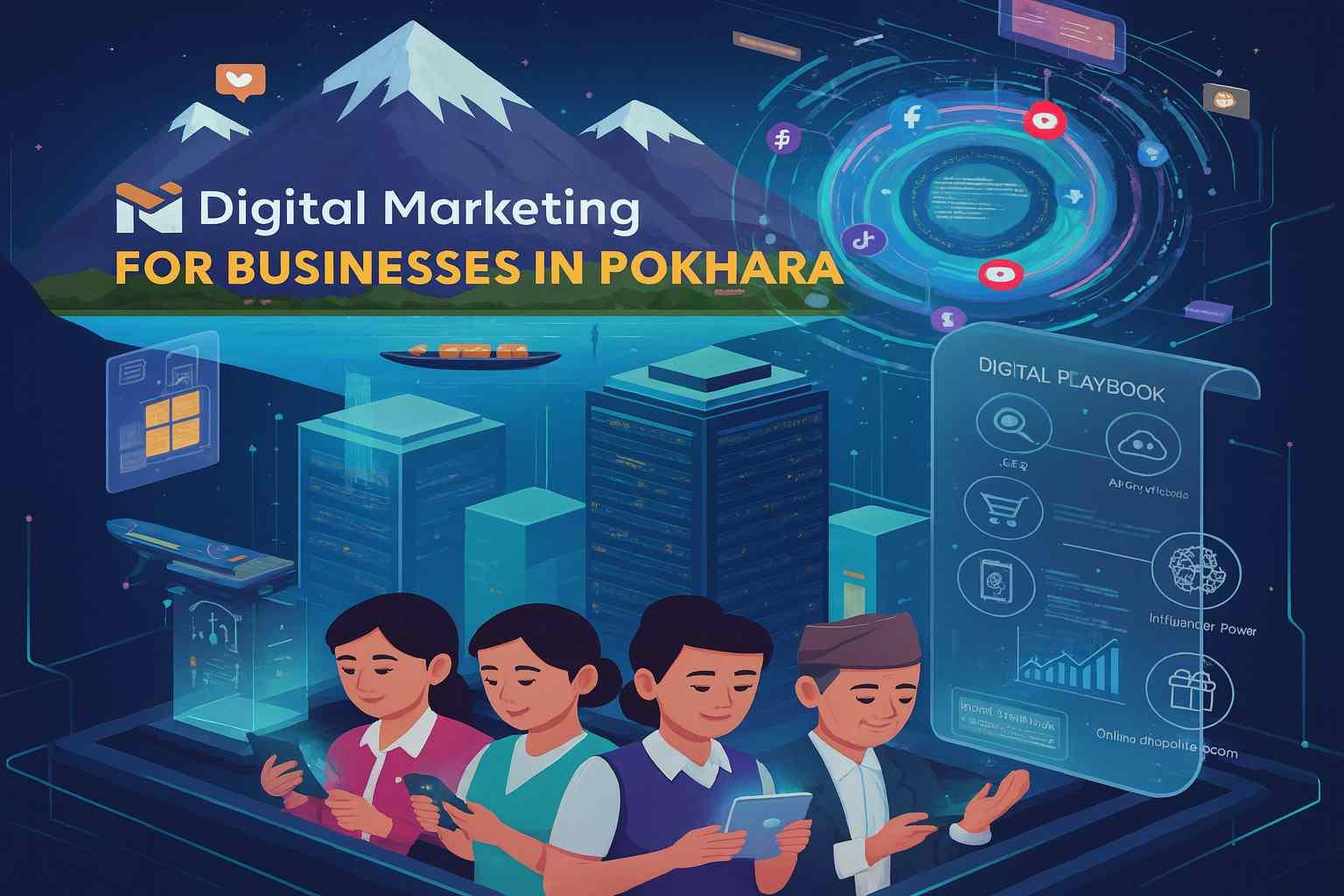
The Future of SEO and Digital Marketing in 2026
The world of digital marketing is changing faster than ever before. Search engines, social media, and AI-powered platforms are reshaping how brands reach people online. The future of SEO and the future of digital marketing in 2026 are not just about ranking websites on Google anymore; they are about creating smarter, faster, and more user-focused experiences.
In this article, we’ll explore how new tools, automation, and AI are transforming SEO and digital marketing, and what businesses can do to stay ahead in this fast-moving space.
1. The Evolving SEO Landscape
The SEO landscape in 2026 is more data-driven and competitive than ever. Search engine algorithms have become smarter, focusing on user intent, content quality, and engagement. Gone are the days when keyword stuffing and backlinks alone could guarantee top rankings.
Today, SEO is all about understanding your audience and creating value. Modern tools like Semrush, Ahrefs, and SE Ranking are helping marketers analyze keywords, backlinks, and competitors in real-time.
- Semrush offers all-around marketing intelligence with detailed keyword insights and content analysis.
- Ahrefs remains the go-to platform for backlink analytics and keyword tracking.
- SE Ranking provides a balance of affordability and professional-grade SEO auditing.
These platforms use AI and automation to track ranking changes, predict trends, and simplify complex data. As a result, SEO specialists can make better decisions faster, even in competitive niches.
2. AI: The Game-Changer in SEO
Artificial Intelligence (AI) is one of the biggest forces shaping the future of SEO. AI tools now help create, optimize, and personalize content for users. Google’s search algorithms also use machine learning to understand search intent more accurately.
AI-driven SEO tools can:
- Suggest the best keywords based on real-time data.
- Analyze your competitors’ content and identify ranking opportunities.
- Automate on-page optimization for title tags, meta descriptions, and headings.
- Improve voice search and image search optimization.
This means SEO is becoming more about strategy and creativity, and less about manual work. Marketers who learn how to combine human insight with AI power will stay ahead in 2026 and beyond.
3. Content Marketing and SEO Go Hand-in-Hand
The line between content marketing and SEO is fading. In 2026, the future of digital marketing depends on how well you integrate your content strategy with SEO.
Platforms like BuzzSumo are helping marketers discover trending topics, analyze social shares, and predict what type of content will go viral. Businesses can now find content opportunities before competitors even notice them.
Here’s what successful marketers are doing today:
- Creating content around topic clusters instead of single keywords.
- Using data-driven storytelling to connect emotionally with readers.
- Publishing consistent, high-quality blogs optimized for both users and search engines.
- Using E-E-A-T (Experience, Expertise, Authoritativeness, and Trustworthiness) as a guiding principle.
Whether you’re a blogger, small business owner, or digital agency, valuable content + strong SEO is the winning formula in 2026.
4. The Rise of Local SEO and Digital Growth in Nepal
In Nepal and other developing countries, the digital revolution is accelerating. From web hosting and domain registration to SEO and social media marketing, more businesses are shifting online.
Companies are realizing that SEO isn’t just for global brands; it’s essential for local success too. Local SEO helps small businesses appear in Google Maps, attract nearby customers, and build trust through reviews.
With WordPress powering more than 40% of all websites globally, WordPress SEO services are in high demand. Local agencies are now blending creative web design with technical SEO, helping brands in Nepal compete at a global level.
The future of digital marketing in Nepal will rely on combining traditional business values with modern online visibility. This means investing in content, user experience, and performance optimization.
5. The Role of Automation and Data Analytics
Automation is another major trend shaping the future of digital marketing. From automated email campaigns to social media scheduling, digital tools save time and improve consistency.
Data analytics allows marketers to:
- Track visitor behavior across websites and ads.
- Understand which campaigns bring the best ROI.
- Personalize content and ads based on user interest.
- Predict what customers want before they even ask.
The combination of automation, analytics, and SEO is creating a smarter marketing ecosystem, one where every decision is backed by real-time insights.
6. SEO in the Age of User Experience (UX)
Search engines now reward websites that provide great user experiences. Fast loading speeds, mobile-friendly designs, and engaging visuals are crucial ranking factors.
If a visitor leaves your website within seconds, it signals poor user experience. That’s why modern SEO focuses on metrics like:
- Core Web Vitals (page load, interactivity, and stability)
- Bounce Rate and Session Duration
- Mobile Usability
- Content Readability
In the future of SEO, UX, and content quality will play a bigger role than backlinks. Websites that serve users quickly and clearly will dominate search results.
7. The Future of SEO and Digital Marketing Beyond 2026
Looking ahead, the future of SEO and digital marketing will be shaped by technology, personalization, and sustainability. Businesses that adapt early will stay competitive.
Here’s what we can expect:
- Voice and visual search will grow rapidly.
- AI content optimization will become mainstream.
- Video SEO and interactive content will dominate engagement metrics.
- Privacy-first marketing will redefine how data is collected and used.
Ultimately, SEO will no longer be about just rankings, it will be about visibility, credibility, and trust.

